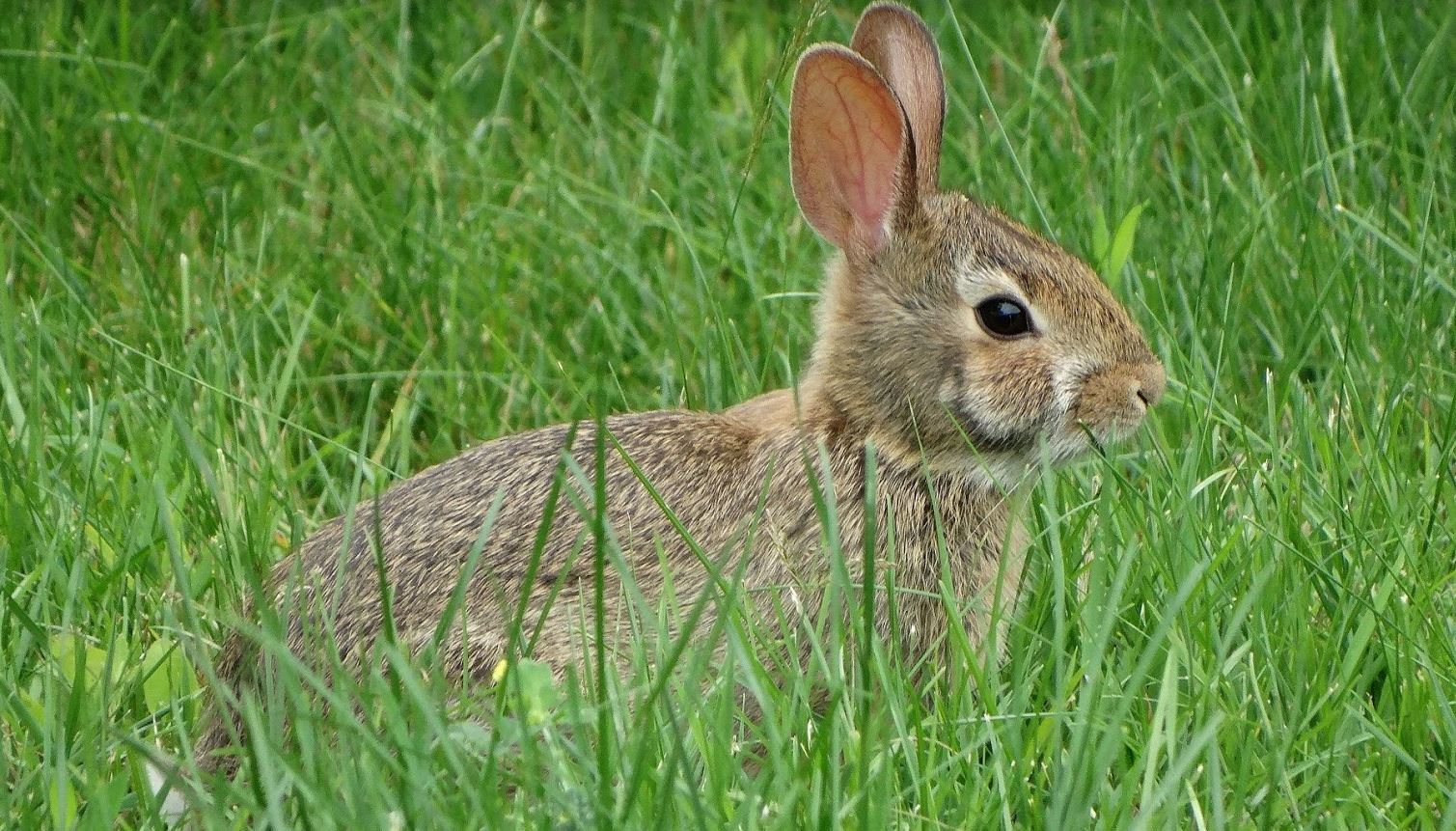Big surge in rabbit numbers - it's time to act
 PRODUCTION ADVICE - NOVEMBER 2020 - INVASIVE SPECIES
PRODUCTION ADVICE - NOVEMBER 2020 - INVASIVE SPECIES
By John Nolan
Regional Pest Animal Coordinator
P: 03 5881 9921 | M: 0428 629 278 | E: john.p.nolan@lls.nsw.gov.au

Now is the time to start talking to your neighbours about developing coordinated rabbit groups, which are proven to give the best results in controlling this pest.
When assessing a rabbit problem, you need to ascertain its geographic extent of the problem. How far do the warrens extend? How far does the sandhill extend? Where are the favourable habitats for rabbits to develop warrens on your property and in your area? Once you have a good understanding of rabbit behaviour you can develop an effective targeted rabbit control program.
This understanding is deepened significantly when you can work with your neighbours on the problem.
Murray Local Land Service can assist landholders with providing on-ground technical support and equipment to support landholders in controlling rabbits. We can also assist you to form coordinated rabbit groups with your neighbours.
While there is a good body of feed on the ground, many rabbits are going undetected. To better understand your rabbit populations, do a spotlight survey at dusk and into the evening to give you a more accurate assessment of numbers, and look for new activity around warrens and fresh dung and scratchings on roads and tracks.
For any advice on rabbits or any other pest animals on your property, please contact the Biosecurity Team at you closest Murray Local Land Services office: Deniliquin 03 5881 9900, Albury 02 6051 2200, Jerilderie 03 5886 2100.